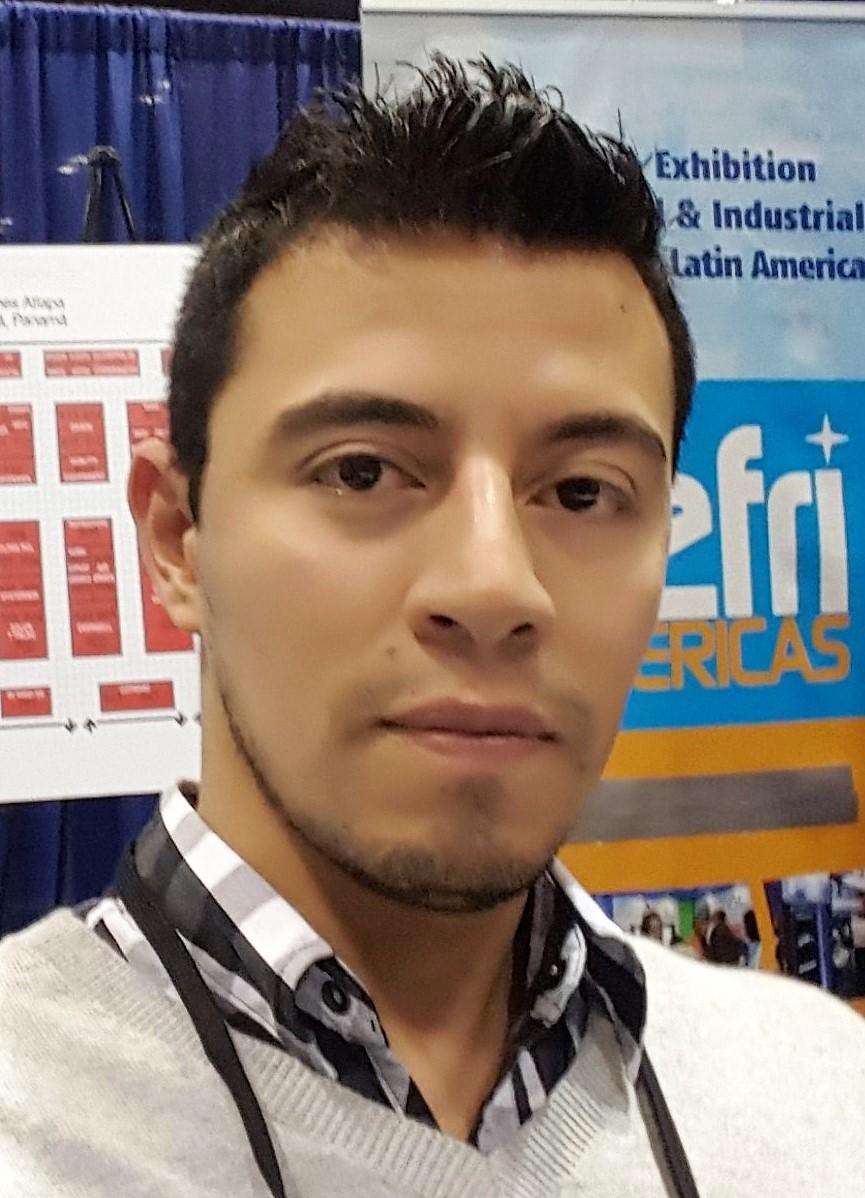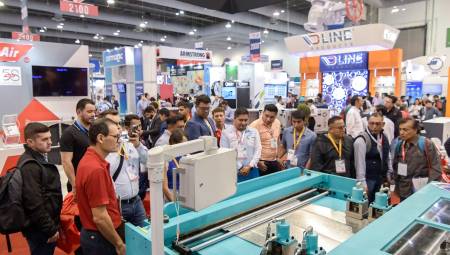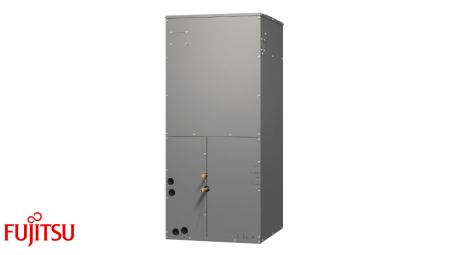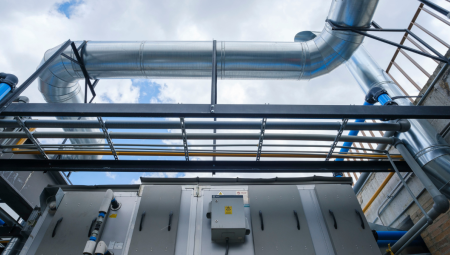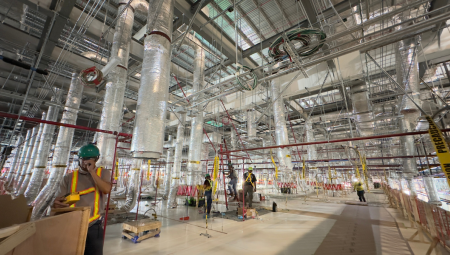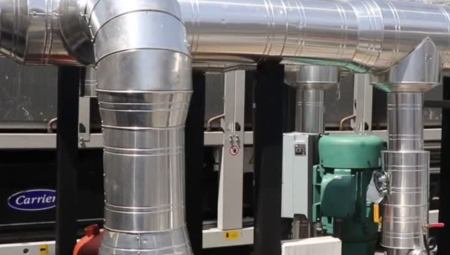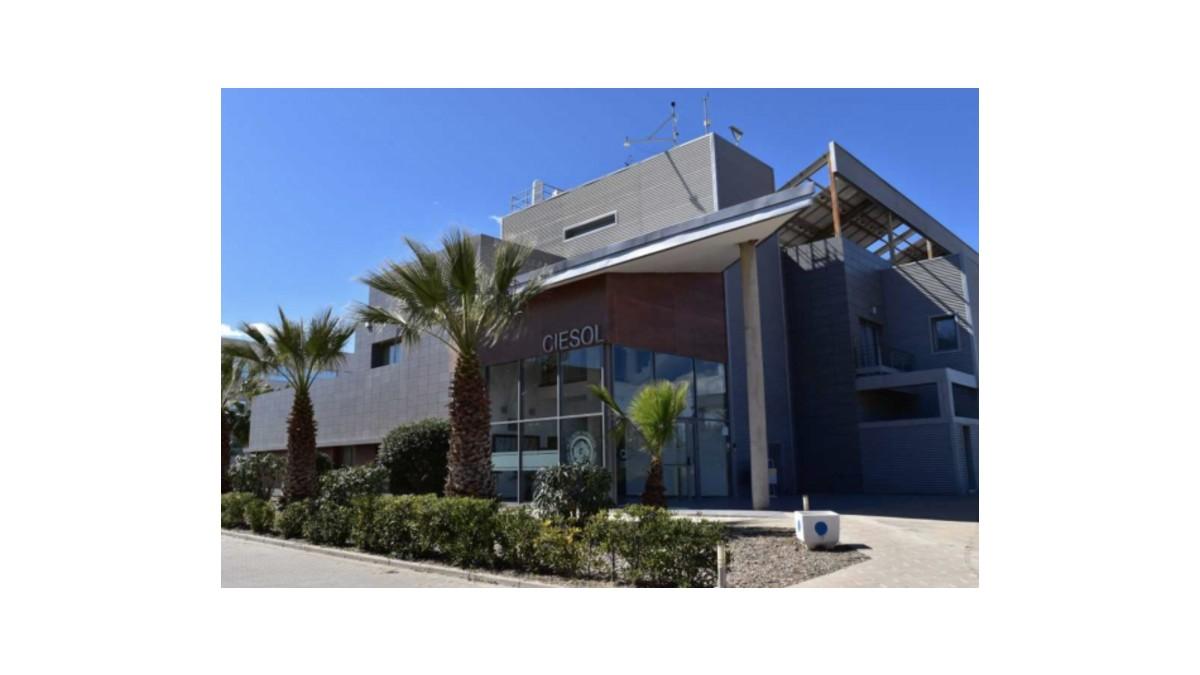 Spain. At the University of Almeria (UAL), researchers have developed an automatic program that predicts the right temperature for the users of a building and adapts to their activity in a specific room.
Spain. At the University of Almeria (UAL), researchers have developed an automatic program that predicts the right temperature for the users of a building and adapts to their activity in a specific room.
The prototype works with a mathematical model that adjusts the heat according to variables such as the outside climate to obtain an energy saving of 11% and the thermal and light comfort of the user. In addition, the system takes advantage of renewable energy installations autonomously to make consumption more efficient, reduce CO2 production and save costs.
As explained by the Automatic, Electronics and Robotics research group, this system analyzes pattern days at different times of the year and, based on criteria such as the weather conditions outside and the activity carried out in a given room, the program decides which temperature and lighting best suits each particular room. "Normally, adjusting to the thermal and lighting needs of each user at all times implies more energy expenditure because he manipulates the air conditioning systems constantly to adjust it to his taste, which is a subjective concept of each person. The objective of this technology is to balance well-being with spending", explains the researcher from the University of Almería Francisco Rodríguez.
The results, obtained during a full year of operation of this system are collected in the study entitled 'Multiobjective control architecture to estimate optimal set points for user comfort and energy saving in buildings', published in ISA Transactions. The researchers explain that, depending on the external climatic conditions, the type of work carried out in each room of the building, the energy sources available (renewable and traditional) and the cost of each one, the system autonomously determines a set of solutions that allow the users of a building to work ensuring their thermal comfort and appropriate lighting, as well as low energy consumption.
Subsequently, the system applies mathematical models to predict the climatic conditions both outside and inside the different rooms, as well as the energy produced by the auxiliary renewable energy installations of the building. In this way, the program decides which solution is best suited to each particular stay. The researchers say it's possible to include new criteria for the system to analyze more ways to improve the user's thermal and light comfort. "The activity that takes place in a laboratory is not the same as in an office or a gym. Each requires a different temperature setting for the well-being of the person performing the activity. The device provides autonomously," says researcher Francisco Rodríguez.
Prototype tested
For the development of this program, first of all, the Automation, Robotics and Mechatronics group analyzes the needs of each user and relates them to the energy consumption of the building during a set period of time. In this way, they define the shortcomings and study the performance of existing heating, ventilation and air conditioning systems.
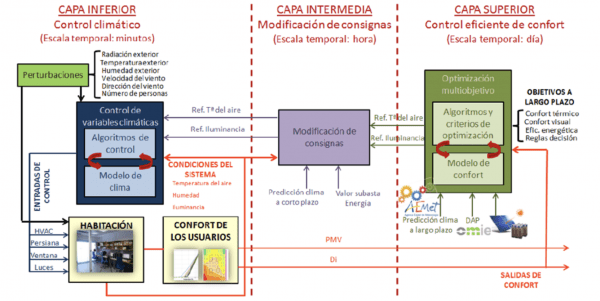
Scheme of operation of the system
Usually, the system works with buildings that consume electrical energy; however, it 'chooses' its energy source if the construction has auxiliary facilities to save expenses and based on its needs. For example, if a photovoltaic field is available, with storage, the system estimates whether it is cheaper to consume that type of energy when it is generated or acquire it from the electricity grid. In this way, you save costs if you foresee a high energy consumption for several hours when the price of the network is higher.
The researchers have tested this system in the CIESOL building of the Solar Energy Research Center (UAL-CIEMAT), which has spaces such as offices, laboratories, industrial buildings and boardrooms, during the months of March to July. They explain that if this were to be implemented in another construction, they would need to collect at least one year of data beforehand to adapt the parameters used by the system to predict the appropriate temperature and lighting in a new environment. Researcher Francisco Rodríguez comments: "The prototype of this device continues to work in this first building in which it was installed. We think it's ready to adapt it to any other."
This research has been funded by the Chromae project (DPI2017-85007-R), the State Plan for Scientific and Technical Research and Innovation 2017 of the Ministry of Science and Innovation, the European Regional Development Fund (EU-ERDF) and own funds of the University of Almería.
* Top image: CIESOL Building of the Solar Energy Research Center (UAL-CIEMAT).
Source: University of Almería.


